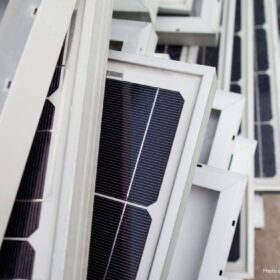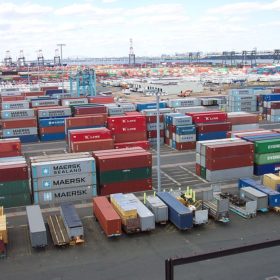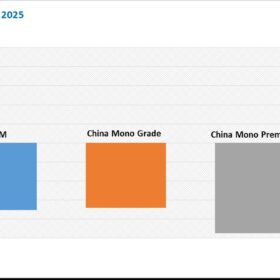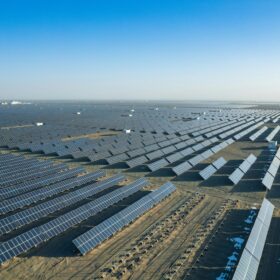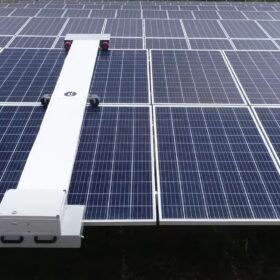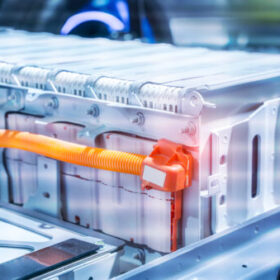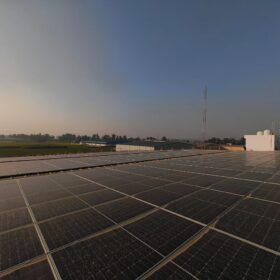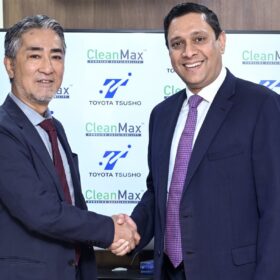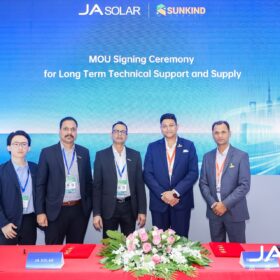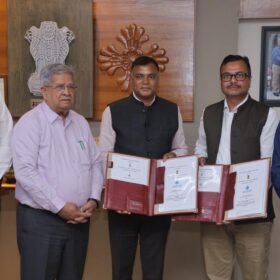Monetizing hydrogen and green infrastructure in emerging markets – an EPC perspective
Emerging markets face significant obstacles in the production of green hydrogen, primarily high production costs and limited access to funding. It is crucial for firms to establish strong financial structures to ensure the success of their projects.
How renewable energy is reshaping India’s job market
The renewable sector has gradually become a hotbed for innovation, investment, and intellectual capital. The transformation is well underway, and while it may not be loud, it is deeply consequential. As India powers its future through the sun, wind, and water, it is also building a workforce ready to meet that future
Solar panel recycling plan urges repair, reuse first
Australia’s rooftop solar industry has renewed calls for a mandatory recycling scheme to deal with the growing problem of solar panel waste. Only about 10% of panels are currently recycled. The rest are stockpiled, sent overseas or dumped in landfill.
How the EU’s Omnibus will impact Indian companies?
The Omnibus Proposal’s sustainability mandates can either unlock new market opportunities and enhance India’s global standing, or create trade barriers that can damage brand’s reputation and hamper profits. Indian businesses can’t afford to ignore this shift.
China polysilicon prices fall 11.76% since early April peak
In a new weekly update for pv magazine, OPIS, a Dow Jones company, reports thatglobal polysilicon negotiations remain challenging, as buyers and sellers continue to struggle to reach agreements on pricing amid a persistent supply-demand imbalance. Furthermore, it reveals that China’s polysilicon futures market could imply a further 13% drop for Nov 2025 delivery contracts.
Why LFP batteries are gaining traction in India’s EV ecosystem
Leading EV manufacturers and battery suppliers in India are increasingly adopting Lithium Iron Phosphate (LFP) battery technology for entry-level and mid-range EVs. This is due to a balance of cost, safety, and durability that fits the Indian market’s practical needs.
Understanding P50, P90, and P99 in solar energy
In the solar energy sector, P50, P90, and P99 represent the probability that a project will generate at least a certain amount of electricity in a given year. This article explains what these probabilities mean, why they are important, how they are calculated, and how to use them.
Financing India’s clean energy transition
To effectively meet its clean energy and net zero targets, India must address the current limitations in its green financing models. Additionally, the lenders must take into account sector specific risks.
Why battery design is one of the core challenges for recycling companies?
While transitioning to renewable energy and widespread adoption of batteries is a must, recycling cannot be an afterthought. It must be built into design and supply chain decisions.
The critical role of IPPs in driving 250 GW of new energy
At a time when many countries struggle with energy nationalism and policy flip-flops, India’s independent power producer (IPP)-driven model offers a decentralised, market-based, and scalable solution to clean energy growth. Their role in catalysing 250 GW of new capacity by 2030 will be central to India’s climate pledges under the Paris Agreement and its goal of net-zero emissions by 2070.


